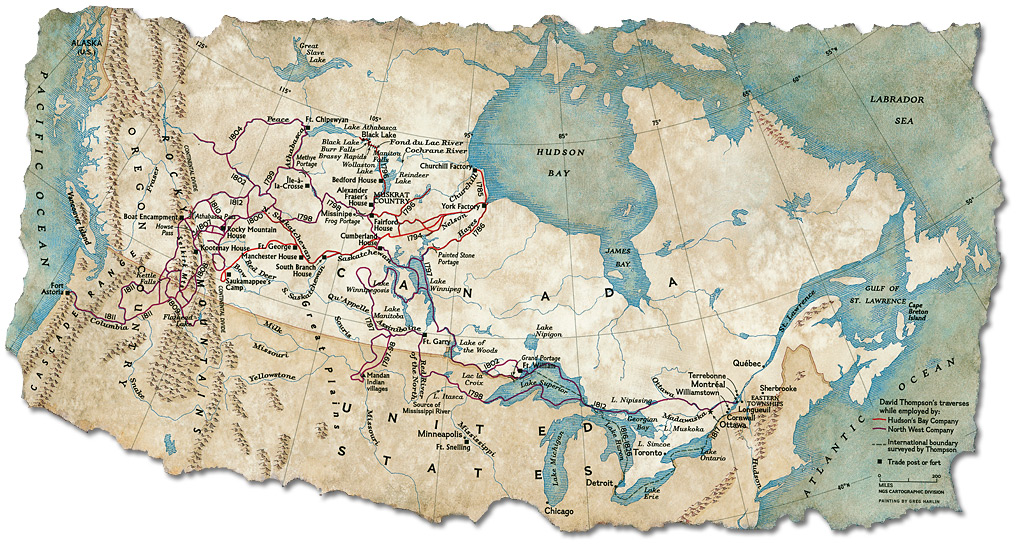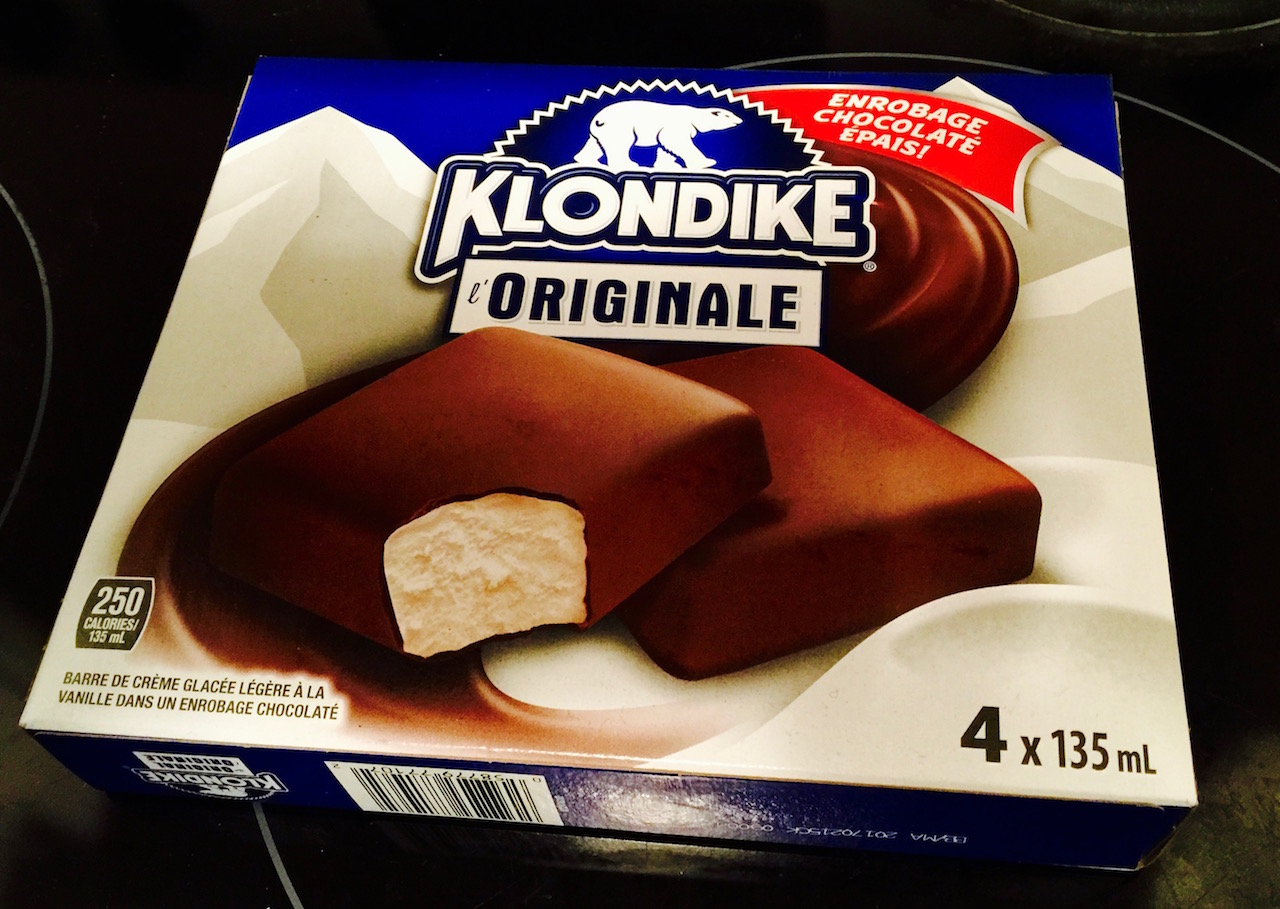I’ve been trying to figure out how and why do the Indian Armed Forces name their weapons systems specifically after traditional Hindu terminology or those derived from the Sanskrit literature. Just to give you an example., under the Integrated Guided Missile Development Programme (IGMDP) several missile systems and technologies were developed and named as Prithvi (Earth), Agni (Fire), Akash (the Sky), Trishul (the trident), and Nag (Cobra), which are prominent and regular Hindu/Hindi terms in the Indian culture. Some more, India’s original aircraft-carrier; also slated to relaunch under the same name, was called INS Vikrant (“courageous”), and other aircraft-carriers have all been named after Sanskrit/Hindu names – Viraat (Giant), (Vikramaditya (“brave as the Sun”) and, the soon to be launched INS Vishal (Giant or Big). I couldn’t find a credible source to answer my question as to why Islamic or other traditional names do not figure in the list of Indian weaponry nomenclatures, and so I turned to Quora.
I asked – “Why isn’t (sic) the Indian armed forces using Islamic or other traditional nomenclatures for its weapons systems or military hardware?” It wasn’t that these names weren’t popular or that I had reservations about its use. But considering that India has a pretty vibrant and diversified culture of languages and traditions, and being particularly mindful of the concept of secularism deep-seated in her constitution, it was remarkable that the armed forces had not used Islamic or other religious terminologies for naming their weapons or hardware systems. I received a response from Sagnik Basu Choudhuri on Quora which cleared some air, and I thank him for his contribution.
I discovered that the names aren’t just meant to sound hip but they make logical sense when applied to their relevant weapons or hardware systems. For instance, the surface-to-surface missile is called “Prithvi” or Earth, the surface-to-air missile is called “Akash” or the Sky, though when I have to comprehend how an anti-tank missile could be called “Nag” or cobra, it does seem like the system was given just a fancy name without considering the metaphor (or maybe not). I would have much preferred “Ajit” (unconquerable) or “Anshuman” (the radiant) to ‘Nag’ honestly. But overall the armed forces seem to have selected names with regard to the inherent functions of the weapons or hardware systems. Though Sagnik has conceded in his reply to my question that there are not many systems which are named outside of the Hindu/Hindi/Sanskrit terminologies citing some examples. It’s also pleasing to discover that this matter hasn’t been exploited for political gains though it’s a non-issue. Truth be told matters related to defence and security of any country should be delinked from undue political interference completely.
There are just 2 names (of the many I am sure) in the Indian military weaponry list which aren’t noted for its Hindi/Hindu/Sanskrit vocabulary, which I thought I should mention before ending my post.
INS Arihant (the Conqueror) – India’s fist nuclear-powered submarine; although that’s Sanskrit/Prakrit, the term “Arihant” figures prominently in Jain scriptures.
Shamsher (Sword of Justice) (thanks to Sagnik for this suggestion) – India signed a contract with aircraft manufacturer SEPECAT to license-build the Jaguar attack aircraft in India, the Hindustan Aeronautics Limited (HAL) produced 120 aircraft under the local name “Shamsher” or ‘Sword of Justice’. (Wikipedia)


